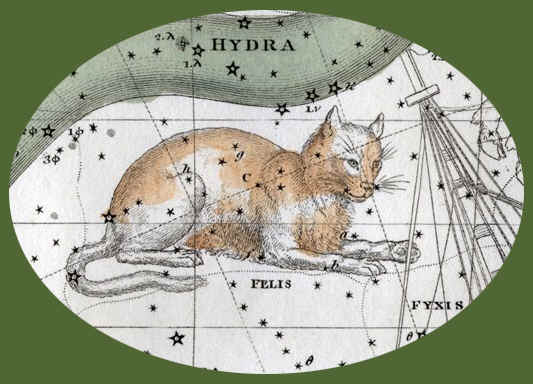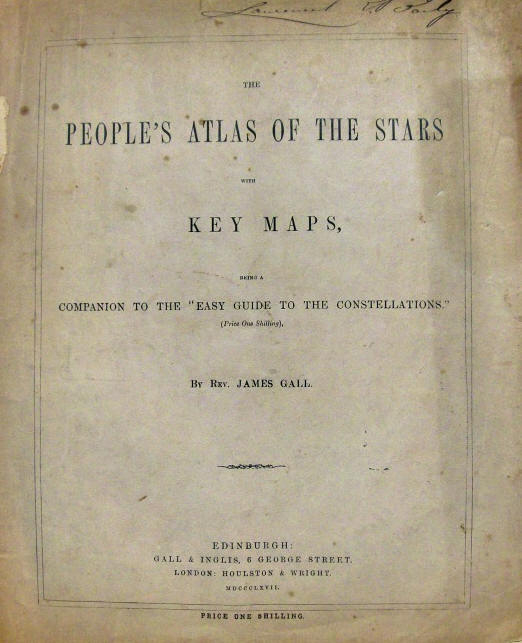
|
James Gall |
People's Atlas of the Stars with Key Maps, Edinburgh 1867 e An Easy Guide to the Constellations, Edinburgh 1867-1870
|
James Gall
People's Atlas of the Stars with Key Maps, Edinburgh 1867
e
An Easy Guide to the Constellations, Edinburgh 1867-1870

Rev. James Gall (1808 - 1895)
Cartographer and clergyman. Raised in Edinburgh, the son of a successful publisher who had also defined a system of print for the blind, Gall joined his father's business in 1838. However, he left in 1847 to pursue a religious career, studying at the University of Edinburgh and then New College. He served as minister of Moray Church in the Old Town of Edinburgh, went on to found the Carrubber's Close Mission and also wrote several religious works.
Gall maintained an interest in astronomy and published An Easy Guide to the Constellations (1870) and People's Atlas of the Stars. In this context he designed three map projections which took his name intended to reduce distortion in maps of the stars; namely the Gall Isographic, the Gall Stereographic and the Gall Orthographic. Gall also realised the value of his new projections in representing the earth. He presented his work at the meeting of the British Association for the Advancement of Science in Glasgow in 1855 and more fully in an article in the Scottish Geographical Magazine entitled "Use of Cylindrical projections for Geographical, Astronomical and Scientific Purposes" in 1885. The Gall Orthographic became the most famous. Re-invented by the German historian Arno Peters in 1967, the Gall-Peters projection as it became known was an equal-area projection and therefore reduced the distortion towards the poles which was inherent in the popular Mercator projection. Attracting considerable controversy, the Gall-Peters projection has been widely adopted by the United Nations and other organisations because it de-emphasised the importance of Europe and North America relative to developing countries.
He died at his home on Newington Road in Edinburgh and lies buried in Grange Cemetery. His son became a notable publisher and businessman in Jamaica.
(https://www.scottish-places.info/people/famousfirst2379.html)
Per cortesia di David Kolb riproduco dal suo sito, Sunflower- Astronomy, Book Collection, il prezioso e raro atlante celeste edito ad Edimburgo nel 1867 da James Gall “People's Atlas of the Stars with Key Maps” le cui tavole rappresentano gli emisferi celesti nelle due versioni con e senza i personaggi mitologici delle costellazioni (in proiezione polare equatoriale centrata sui poli e con circonferenza esterna l’equatore celeste) e le due fasce equatoriali in proiezione cilindrica, dove le costellazioni sono identificate dal loro nome e dalla linea chiusa periferica che le racchiude.

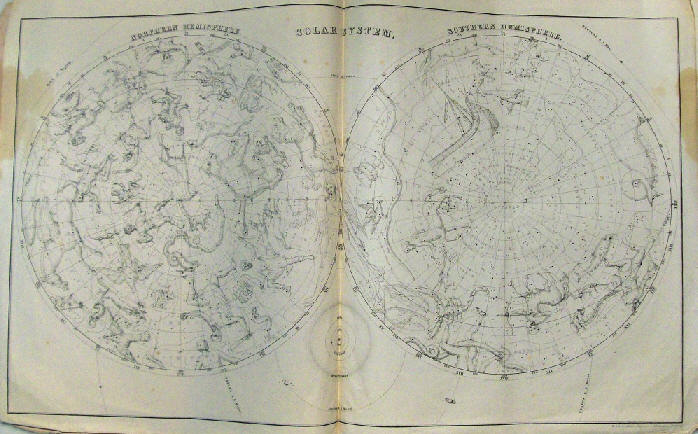
http://www.sunflower-astronomy.com/Books/Peoples_Atlas/Peoples_Atlas.html
L’atlante accompagnava il saggio divulgativo di astronomia dello stesso autore
“An Easy Guide to the Constellations, Edinburgh 1867-1870”,
molto raro, che può essere esaminato alla seguente pagina in una edizione più ampia edita nel 1910:

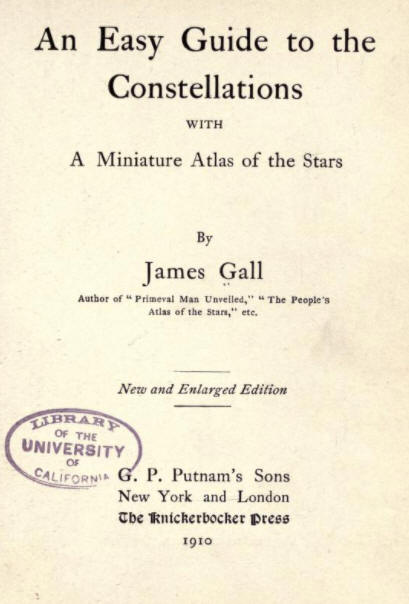
https://archive.org/details/easyguidetoconst00gallrich/page/n11/mode/thumb
“People's Atlas of the Stars with Key Maps” Edinburgh 1867
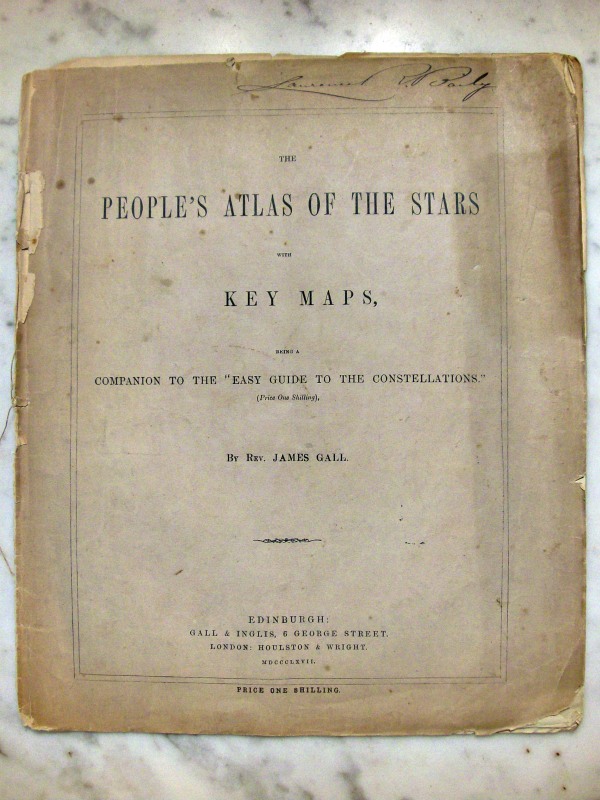
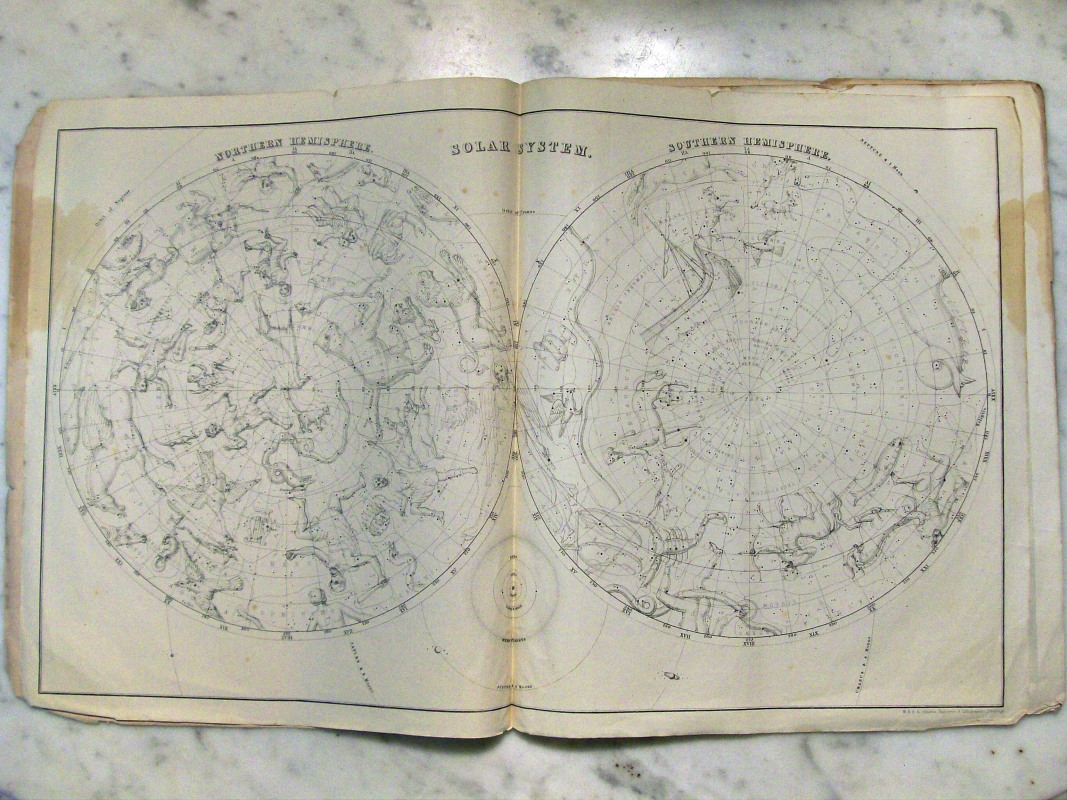
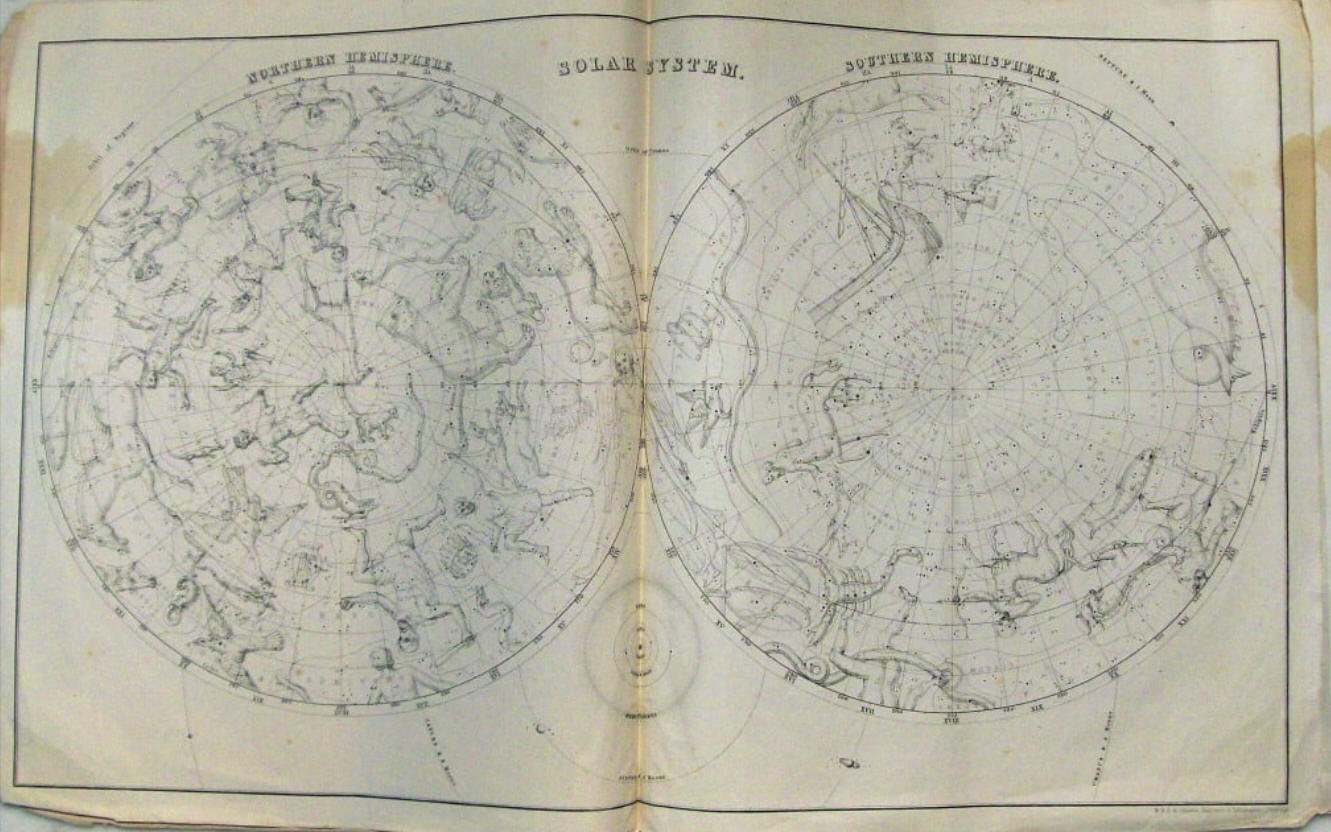
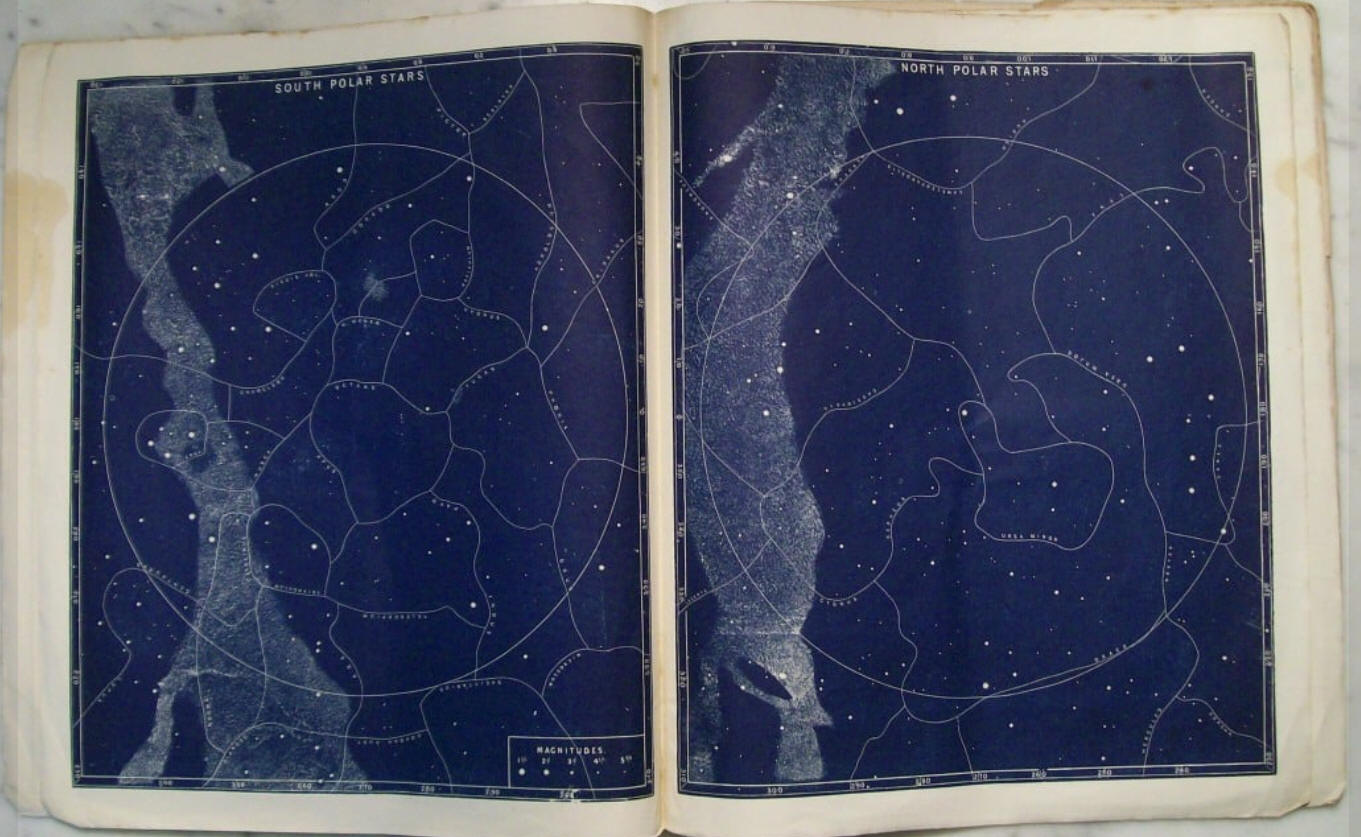
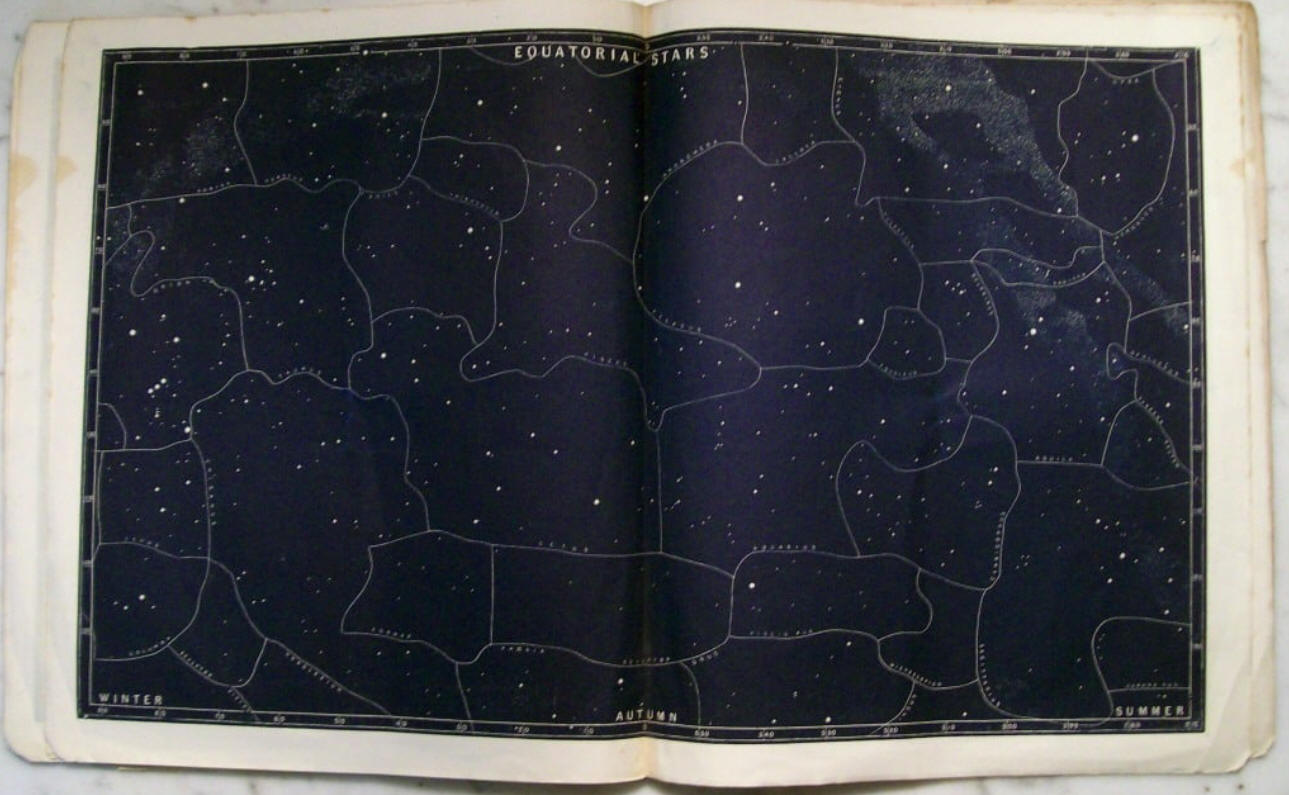
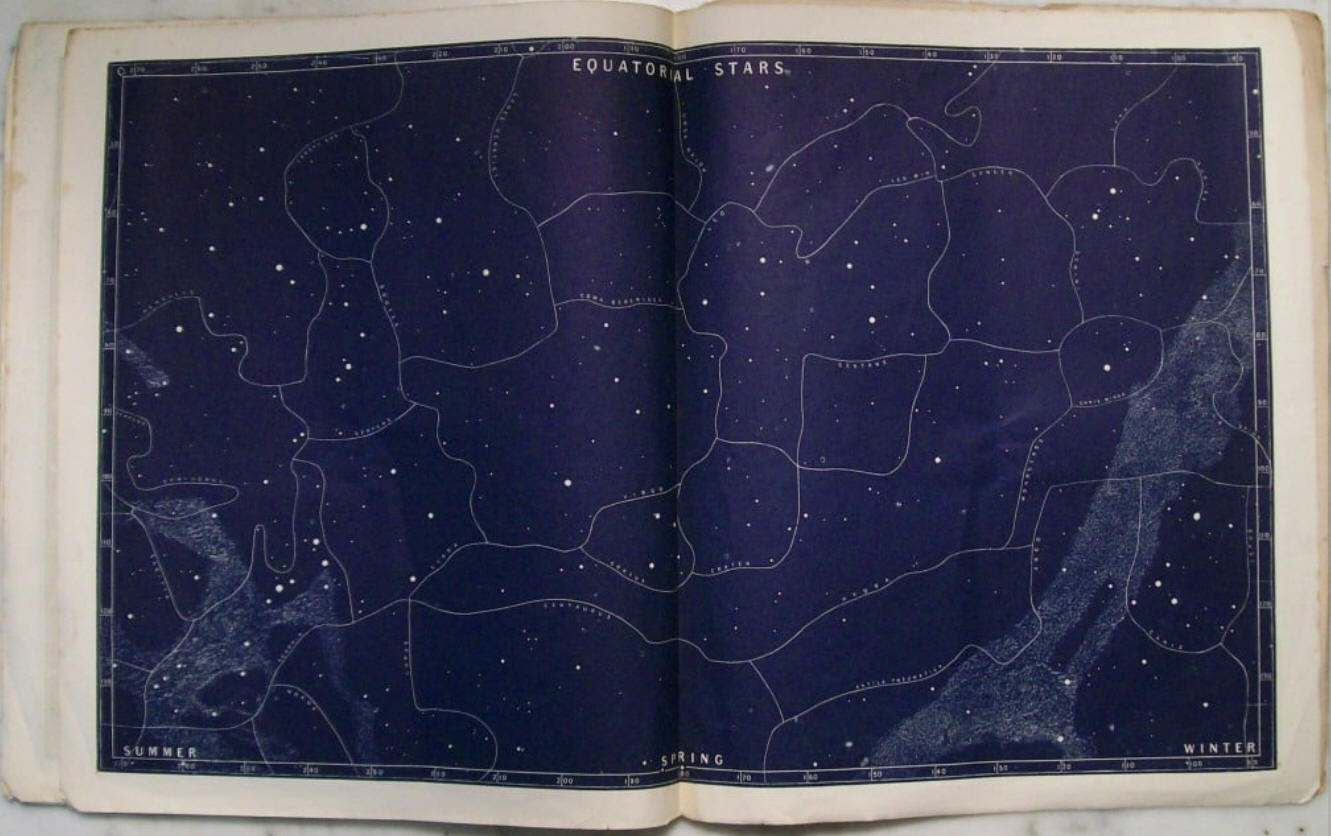
“An Easy Guide to the Constellations, Edinburgh 1867-1870”
Le tavole
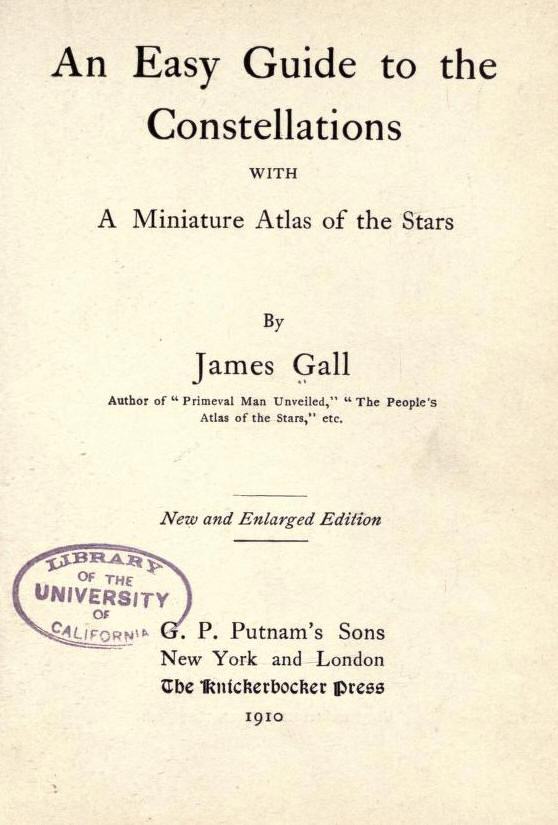
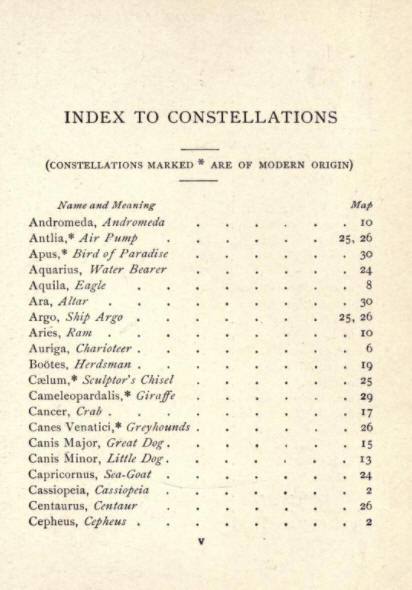
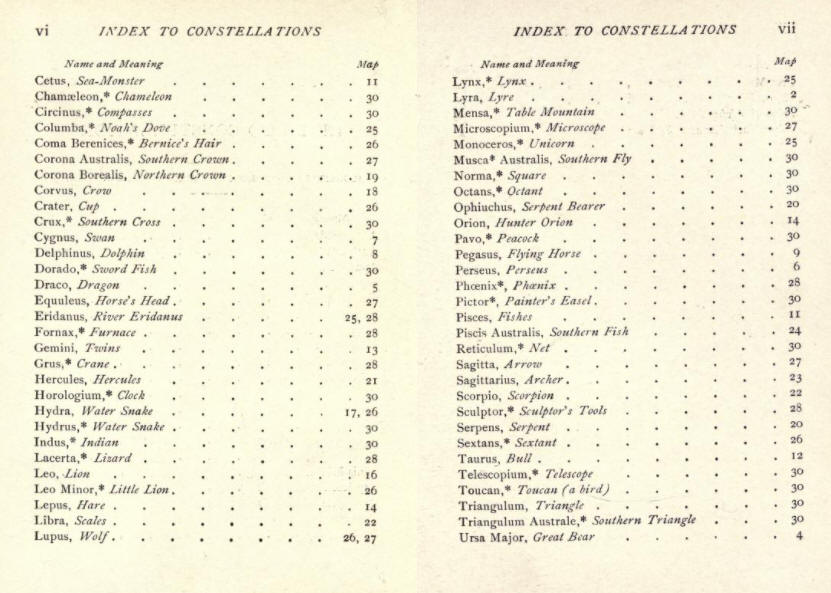
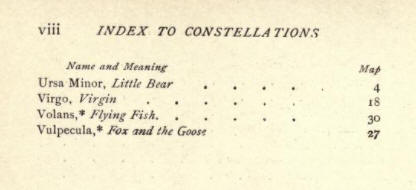
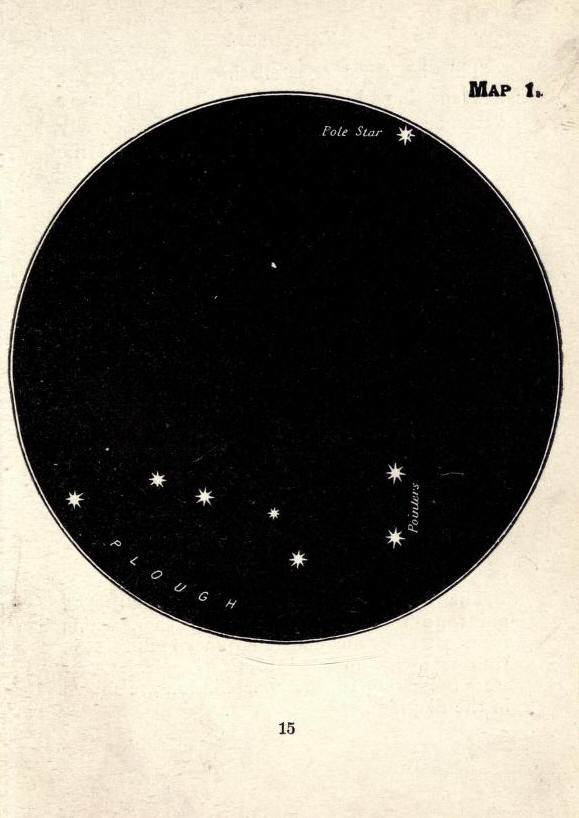
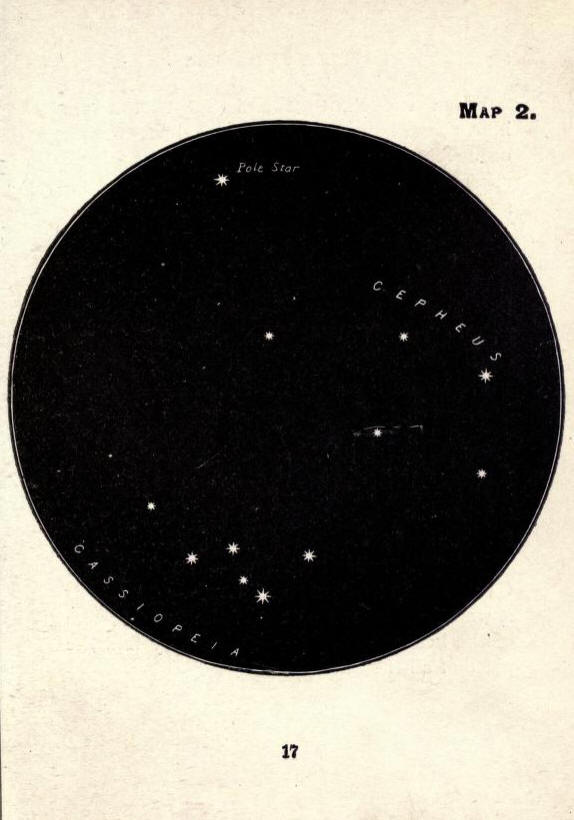
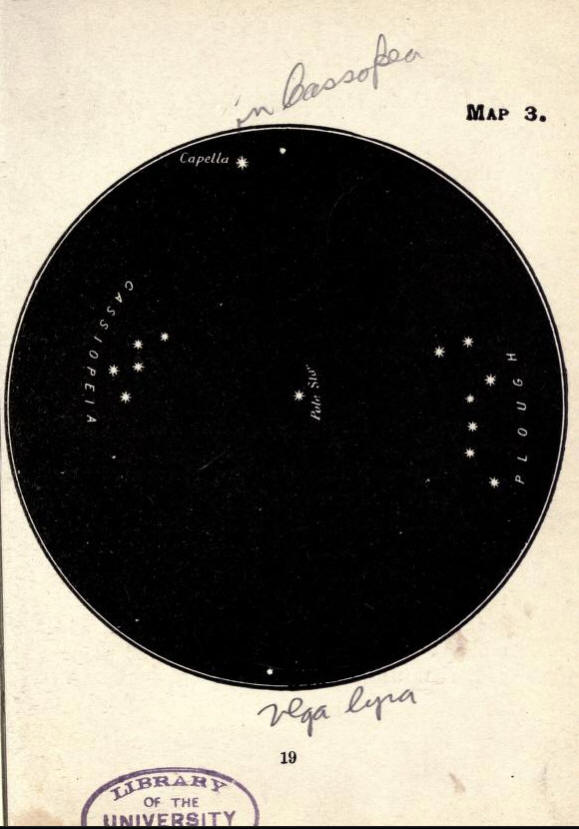
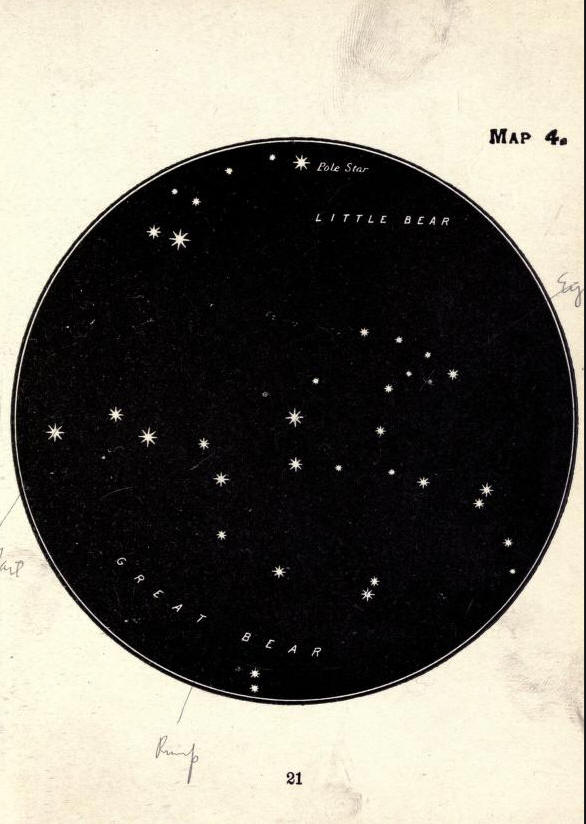
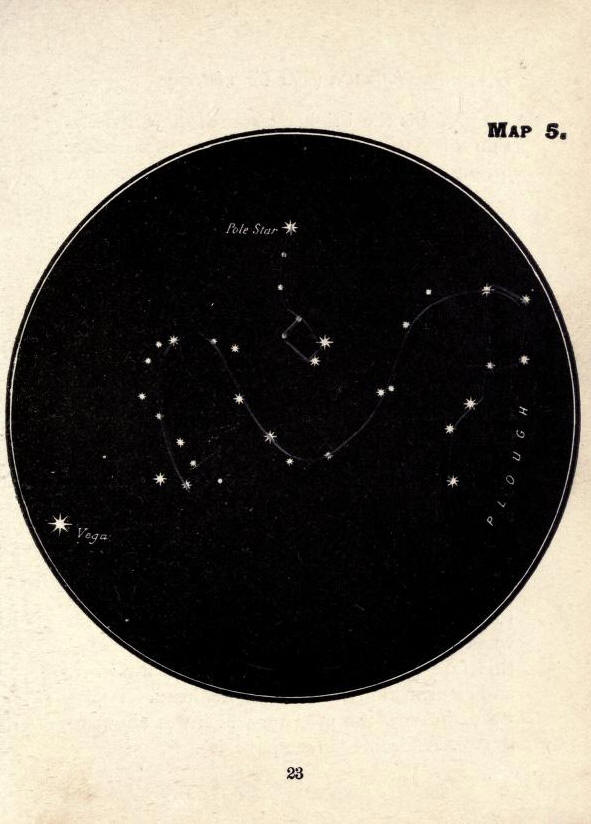
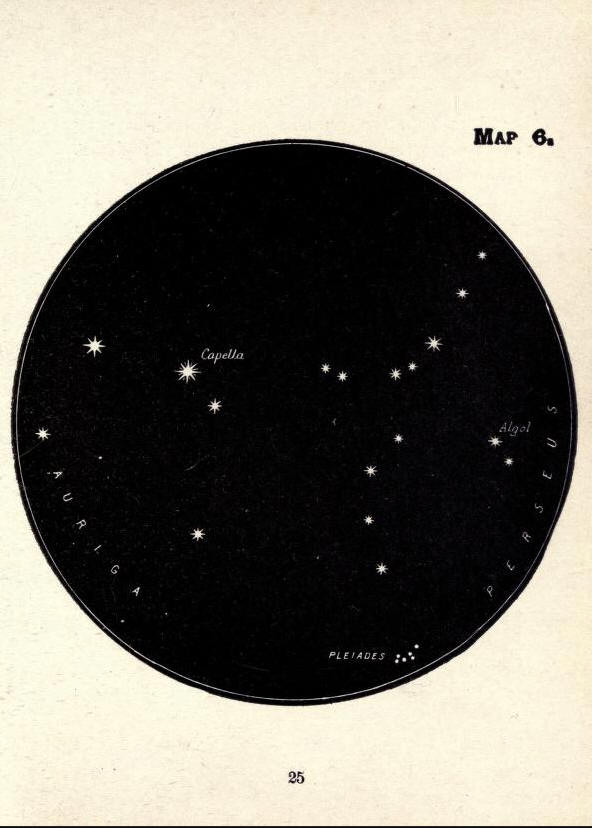
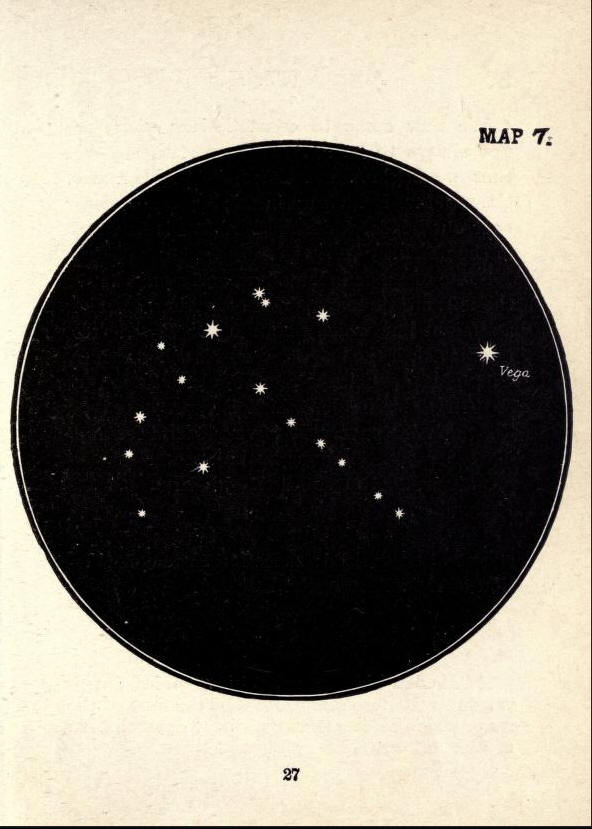
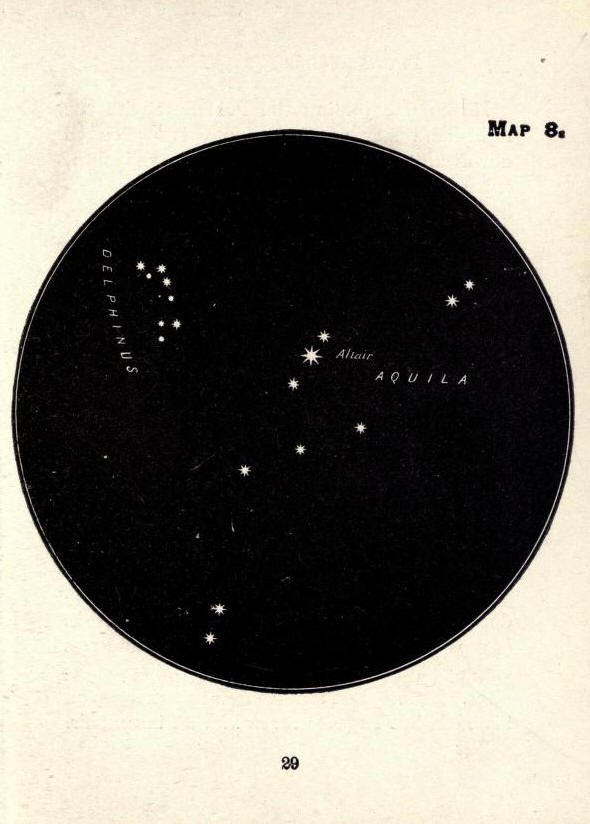
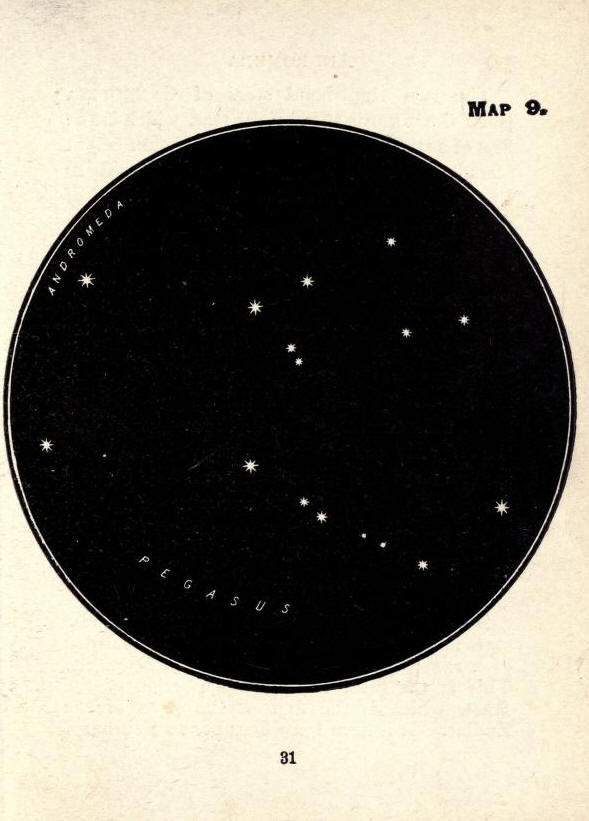
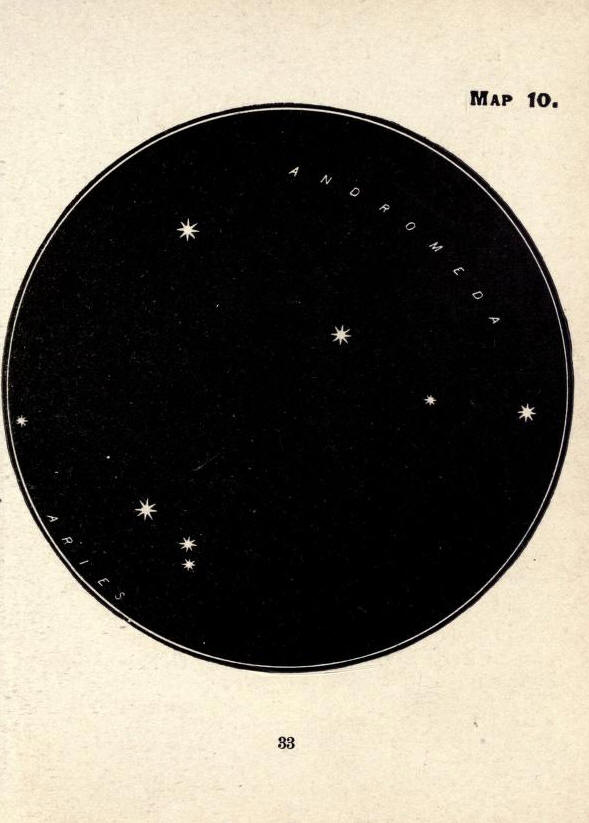
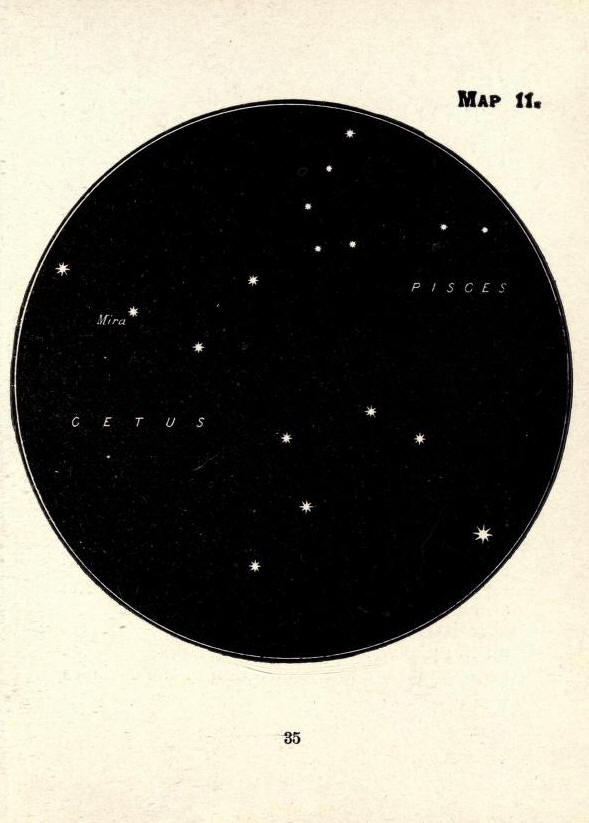
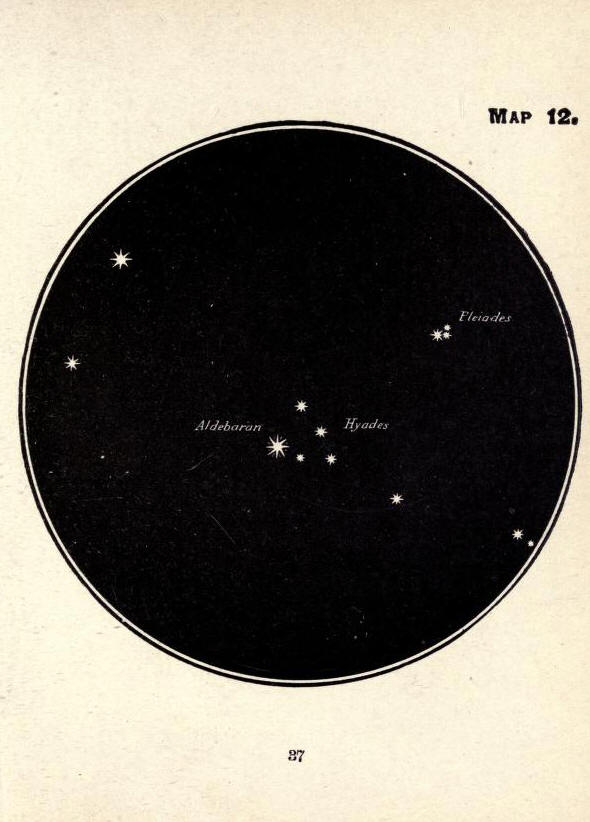
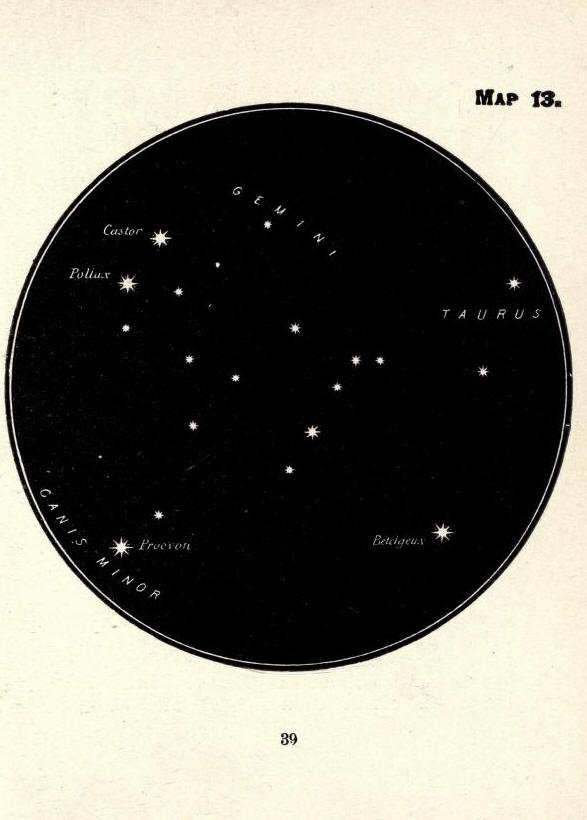
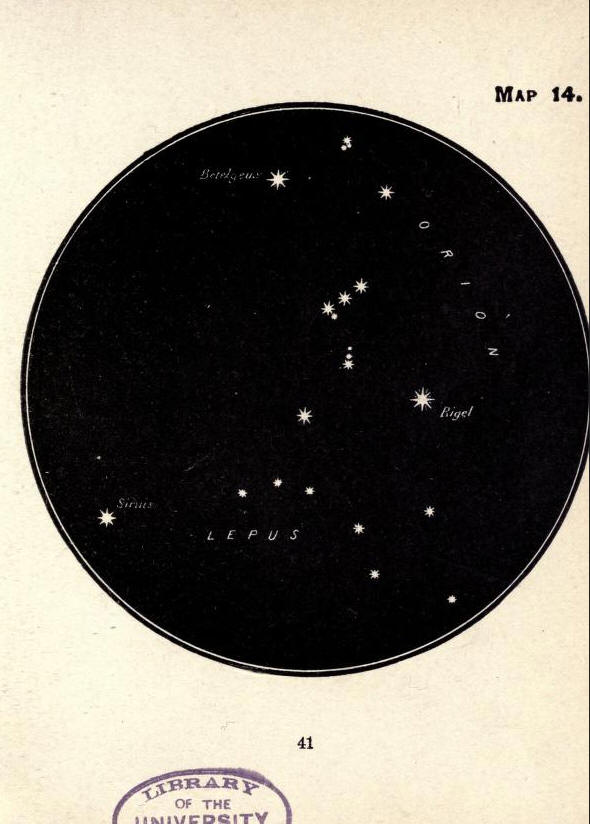
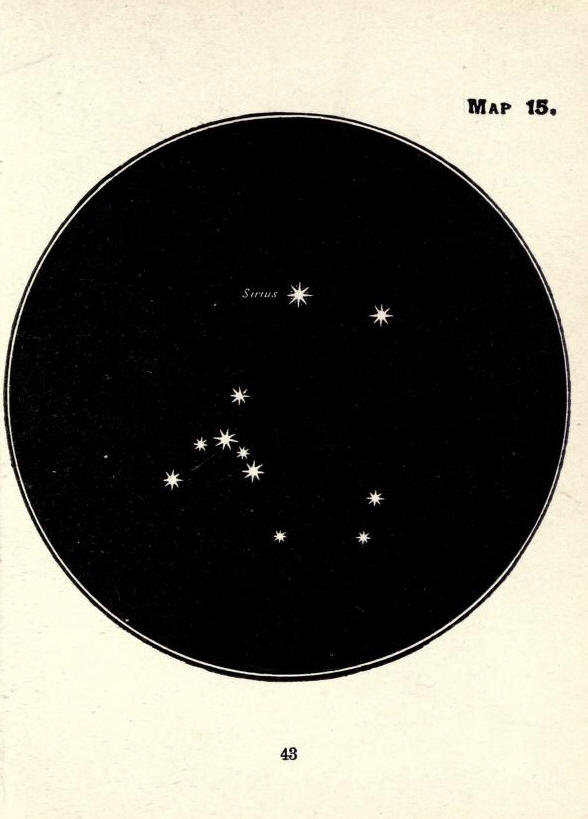
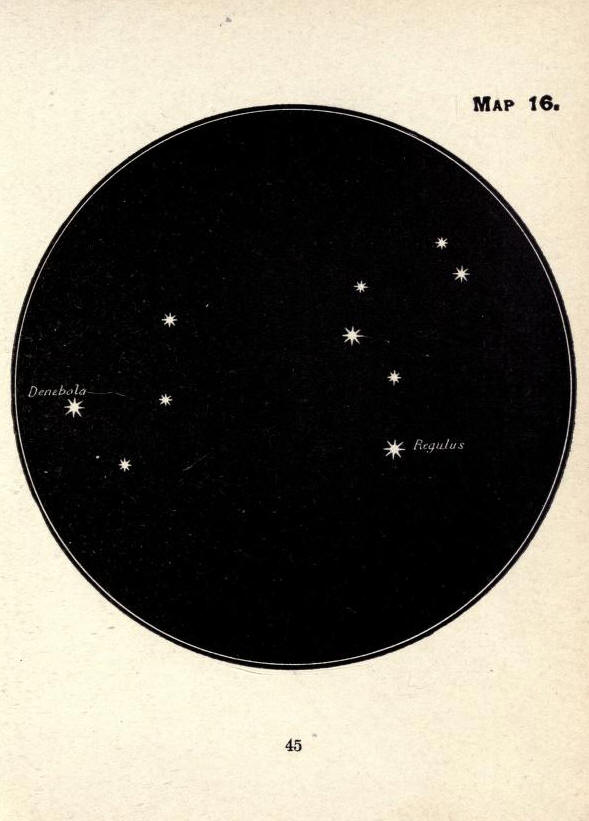
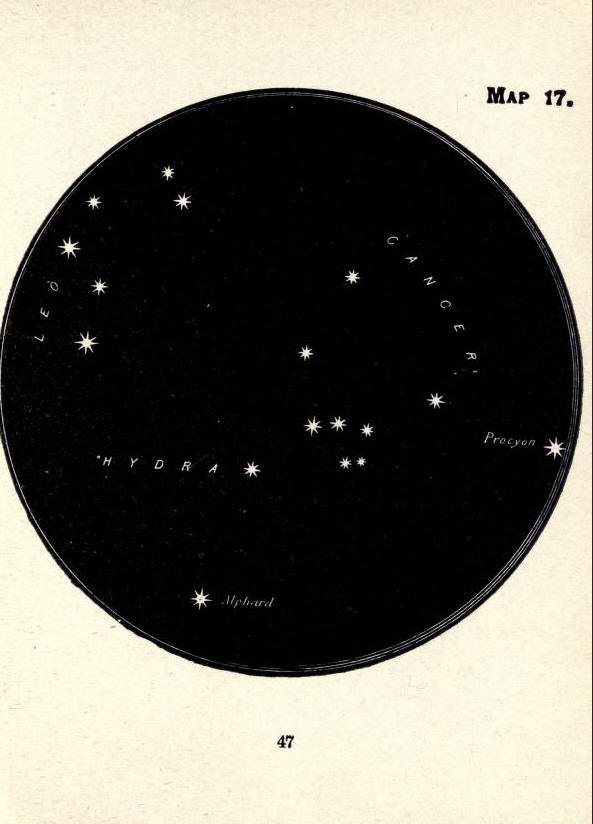
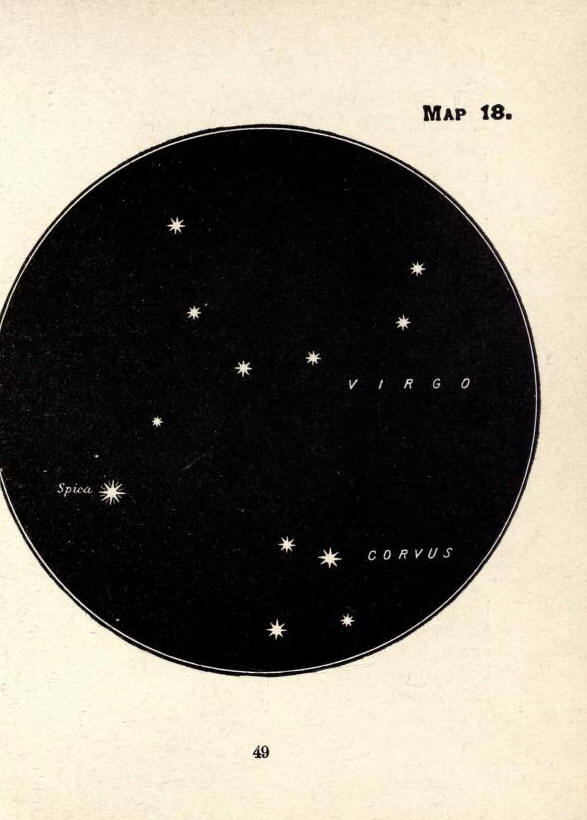
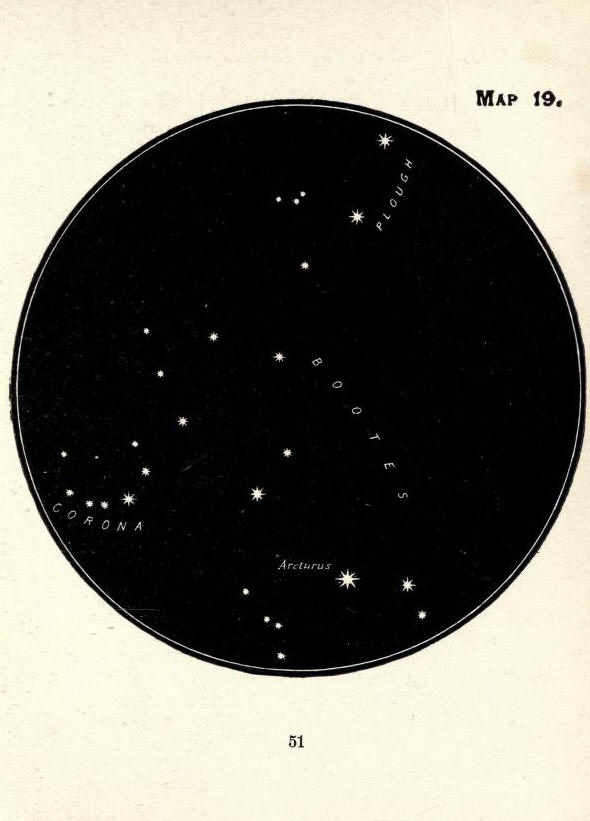
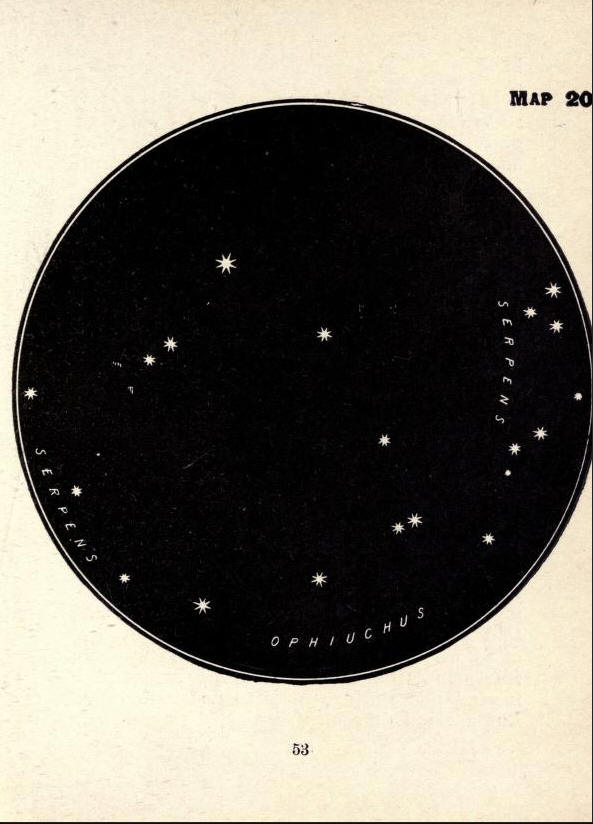
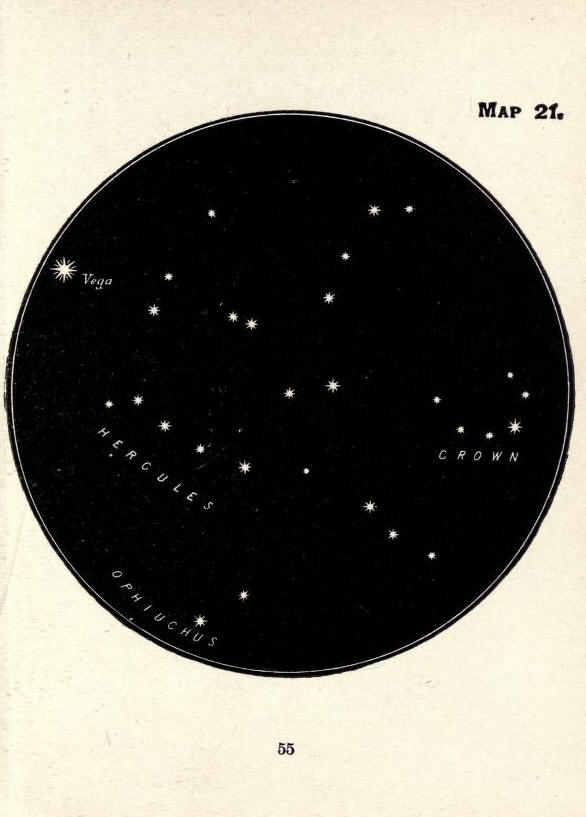
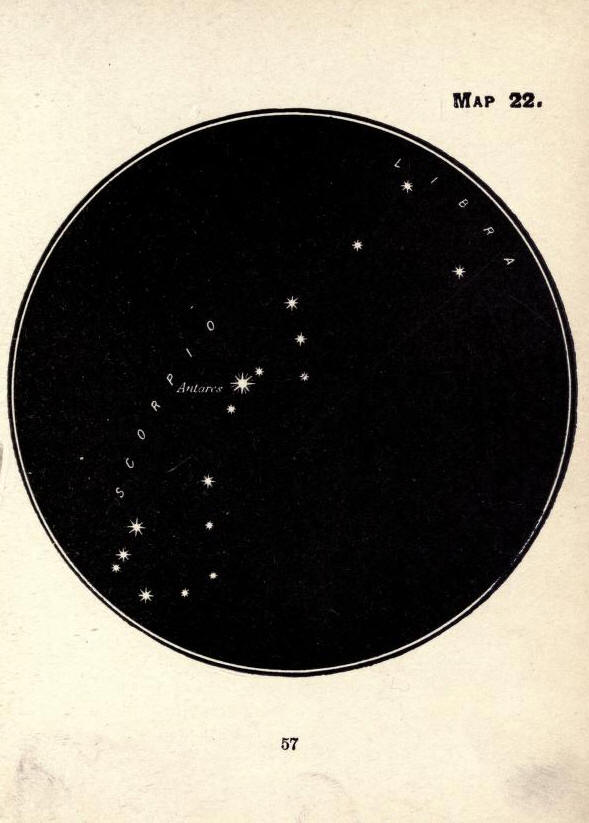
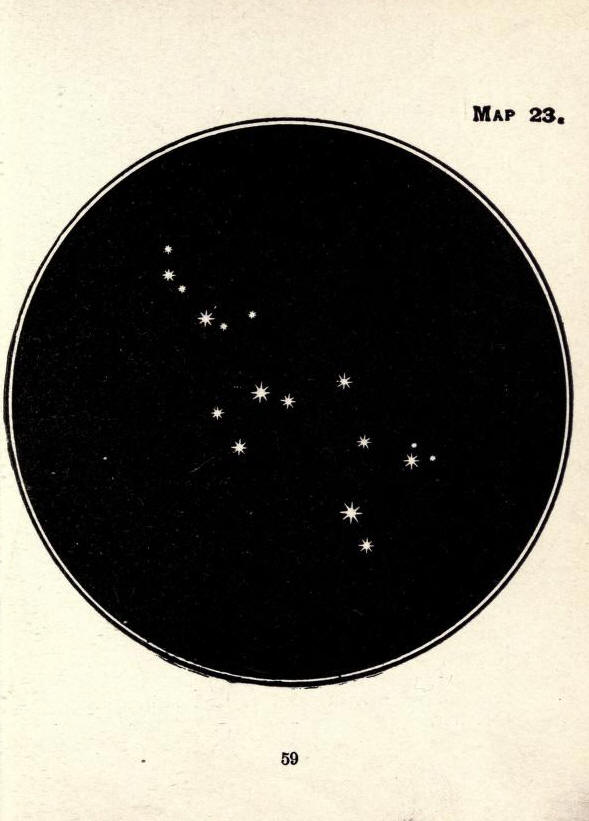
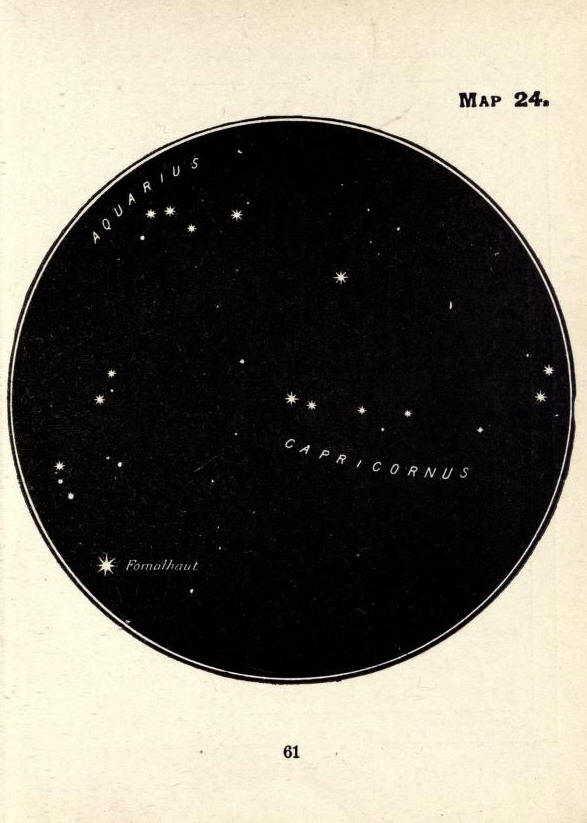
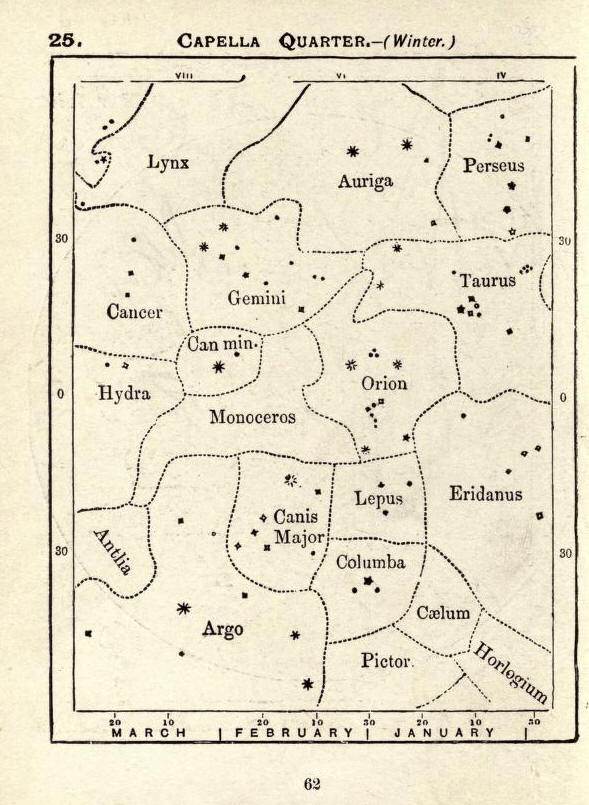
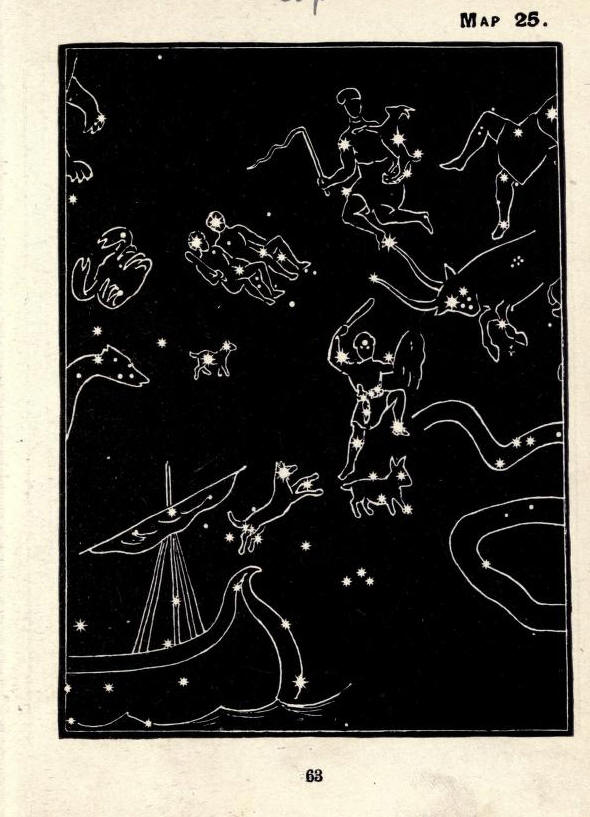
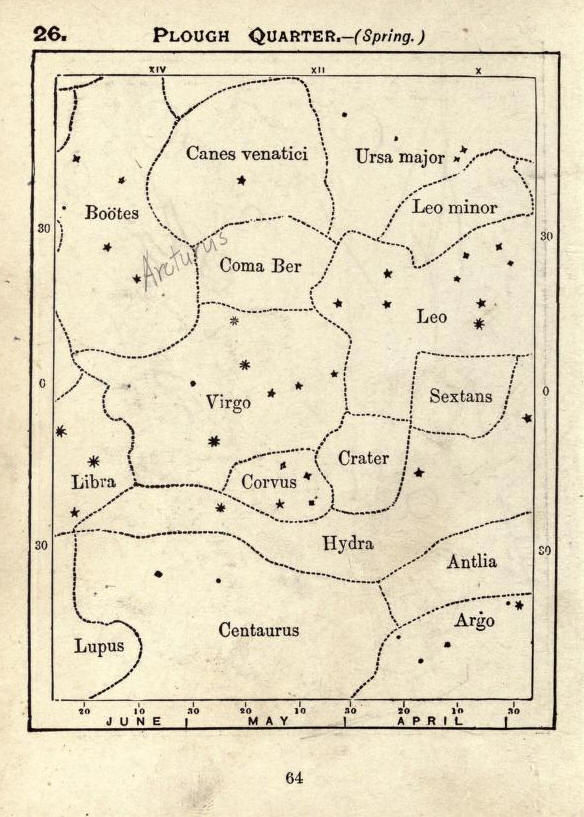
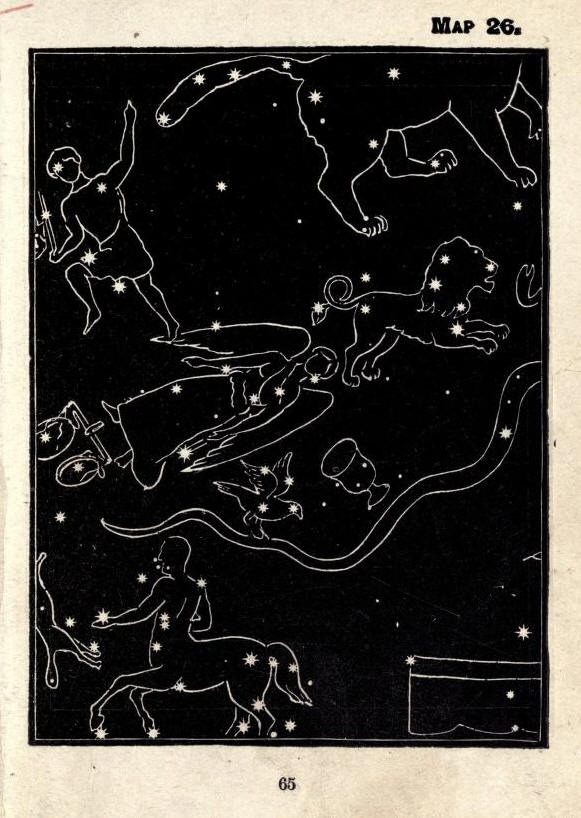
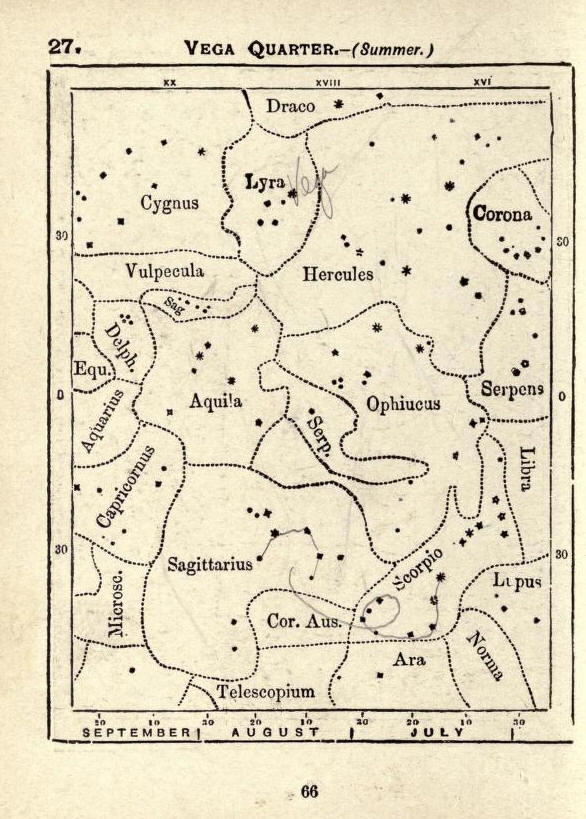
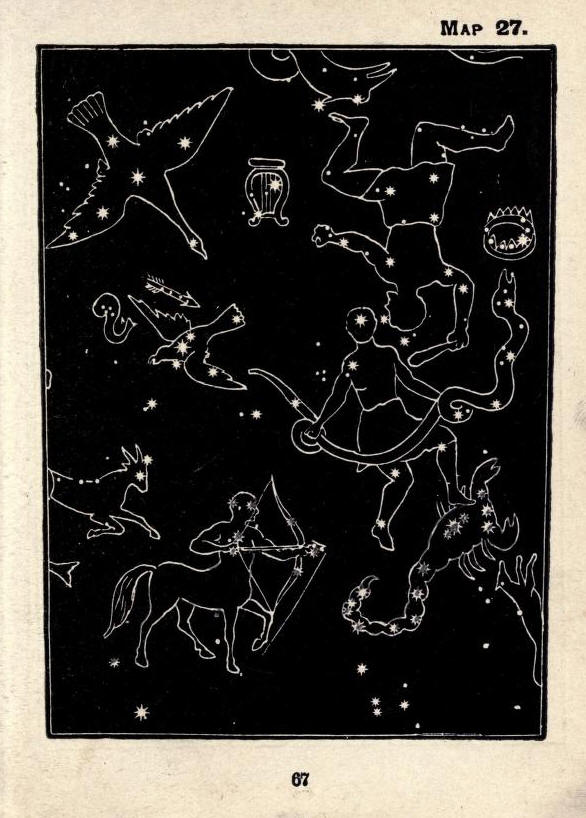
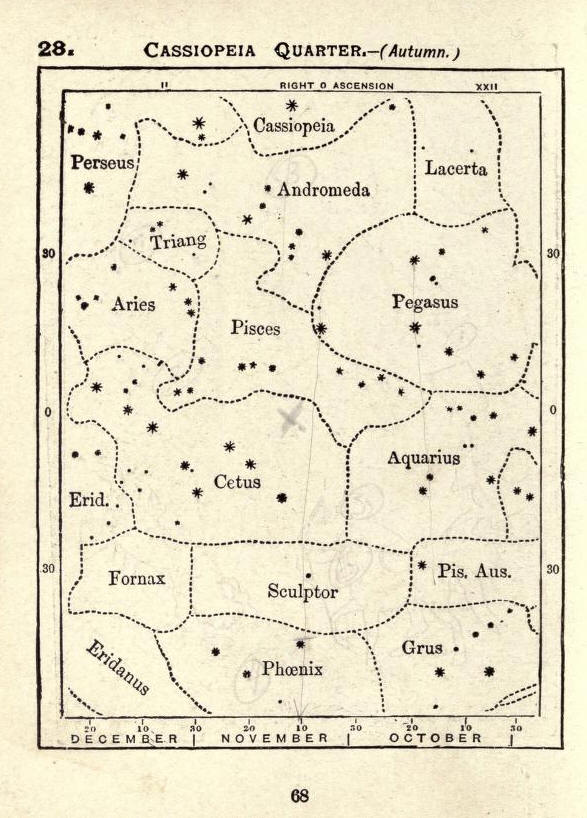
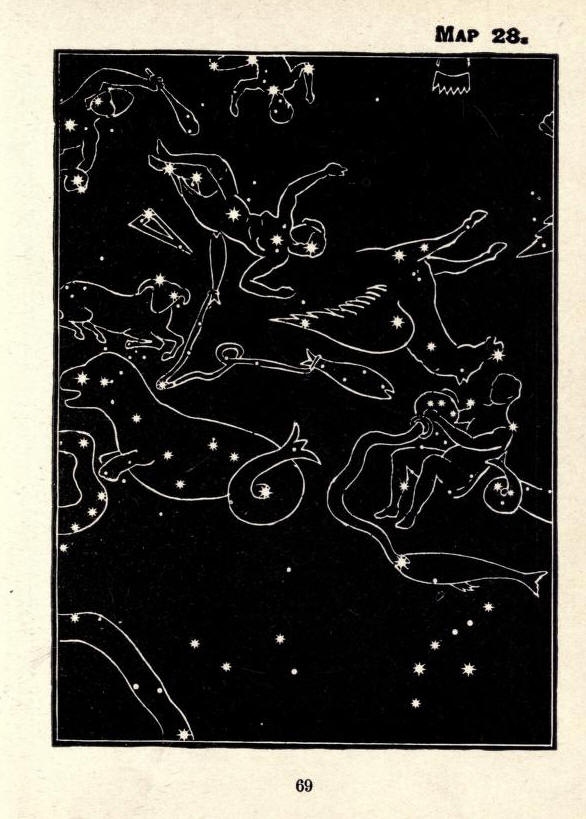
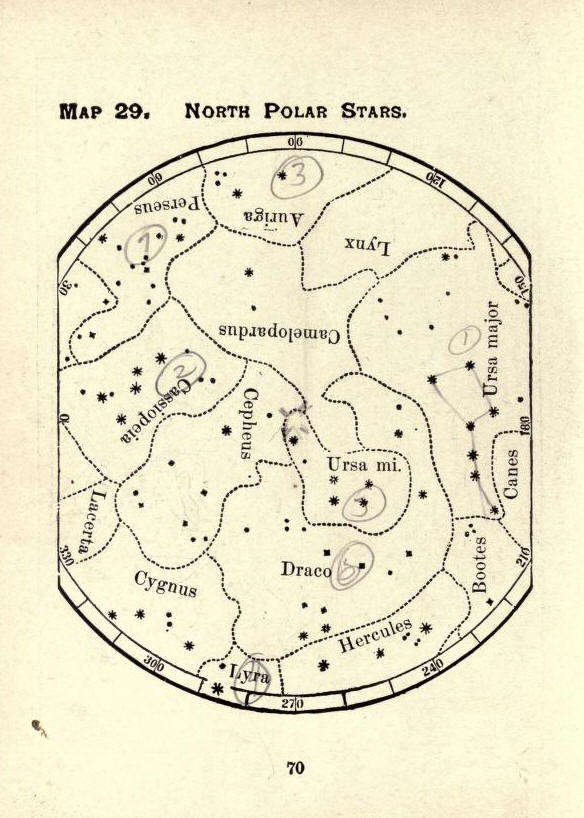
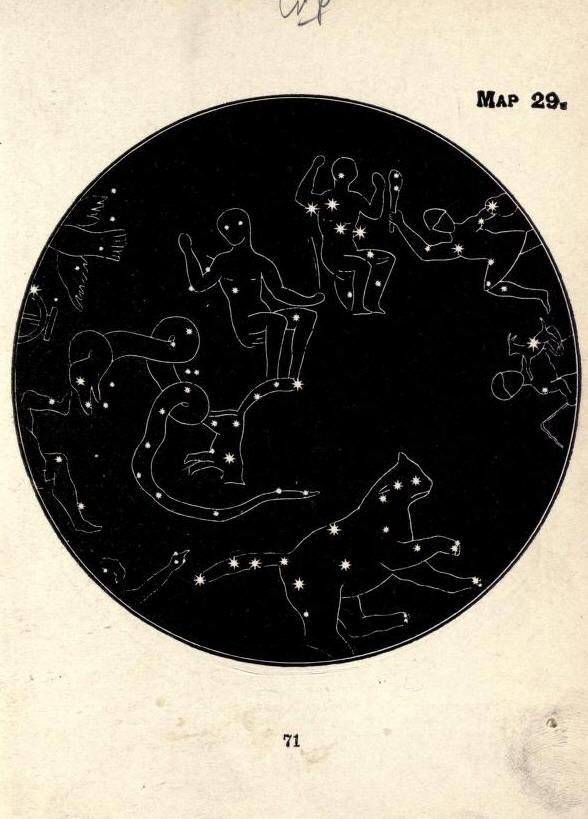
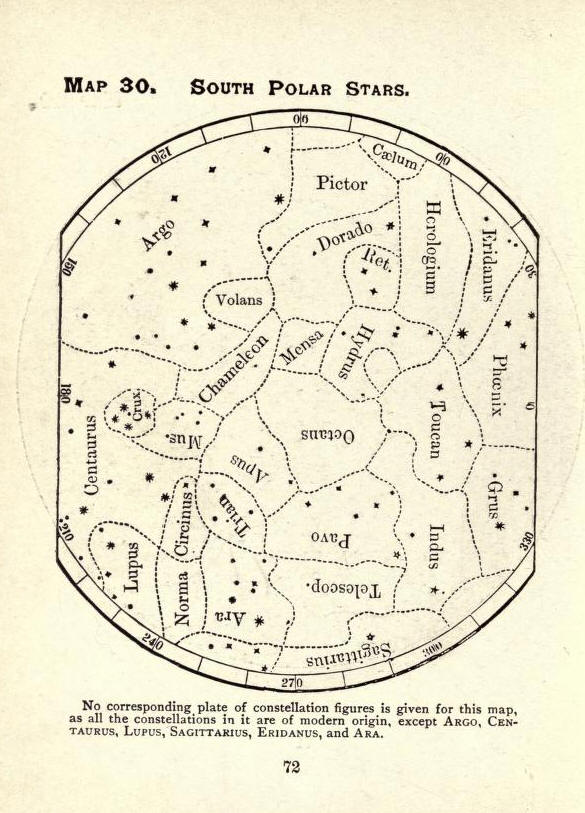
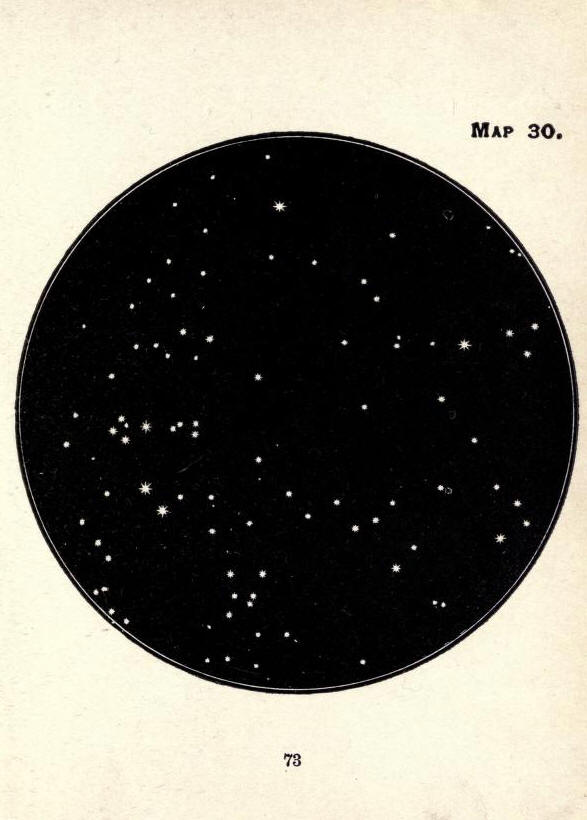
di FELICE STOPPA
GENNAIO 2021
